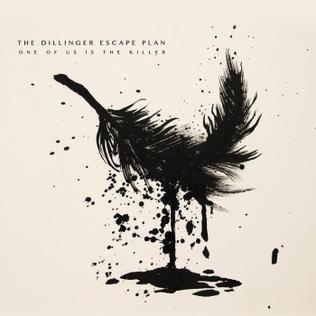One of my favorite compliments to pay a rock or metal band is to comment on their mastery of musical texture - those elements that reside in parallel to structure and motion, and create an immersive soundscape. The first band to awaken me to the concept and its possibilities were Neurosis, and they remain as good a touchstone as any. Yet, while no slight to Neurosis, quite often an emphasis on texture is found in bands whose success exists on a plane entirely distinct from the archetypical, riff-centric heavy metal paradigm.
Enter Altar of Plagues. The exquisite and fully integrated textures of Teethed Glory & Injury are vital to its success. But within the guitar riffs, the drums, the vocals lie the makings of a visceral and effective metal album in its own right. Whether delivered in a whisper or a snarl, the vocals convey a humanity occasionally absent in the bands who cohabit the cerebral corners of extreme metal. The guitar lines effortlessly glide between driving rhythmic passages and suspended melodic contours before descending into self-effacing swaths of feedback and sustain. Yet while each musician turns in a performance worthy of individual consideration, at no point during the album do these elements appear as anything other than vehicles for atmosphere, momentum, and compositional assertions.
The structure of the album is unique. With each song bleeding into the next, Teethed Glory & Injury is cohesive and monolithic. And its success demands such continuity, as the tracks themselves unfold as linear segments; propulsive in their development yet rarely retracing their steps. Nevertheless, each comes off as a pointed statement rather than a fragment.
The songs are willfully abstract, yet each evokes a distinct imagery. This tendency is brilliantly embodied by the visuals of the album (see the video for "God Alone", below). The synthesis of this music with interpretative dance is beautiful, and shockingly natural. On Teethed Glory & Injury, Altar of Plagues have brought into relief the impressionism of black metal.
An outstanding work on many levels.
I recommend the video in full screen.

